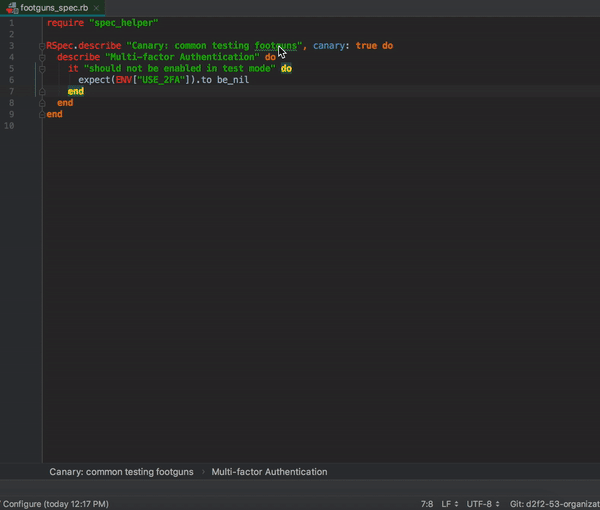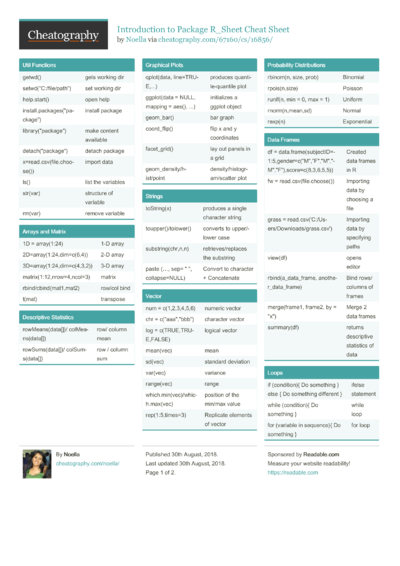
- #Rubymine keyboard shortcuts for mac#
- #Rubymine keyboard shortcuts code#
- #Rubymine keyboard shortcuts mac#
To return back to the Find in Files dialog, click (gear icon) on the left toolbar. To locate the result of the search in the editor, use the Jump to Source option from the context menu. If you want to exclude a directory from the results, select a directory and from the context menu, select Exclude. Using icons and context menu in the Find tool window, you can sort entries, exclude directories, navigate to the source code, and so on. I was curious as to where all instances of clone() in the project, and I got this:Īccording to IntelliJ IDEA’s documentation: Here, I have the spring-boot project loaded up in IntelliJ IDEA. If you want to get an idea of what the functionality looks like when you’re trying to search something, here’s an example: There, you can click to get into the actual functionality, and you’ll also be able to see a reminder of what the keyboard shortcut is. If you forgot the keyboard shortcut and don’t want to come back to this article, then you can simply navigate to IntelliJ IDEA’s Edit > Find > Find in Files…
#Rubymine keyboard shortcuts mac#
On Windows? Then you’ll want to hit these keys: ctrl + shift + fīasically, the only difference between the Mac and Windows way is swapping command and ctrl. Using a Mac? Then simply press these keys on your keyboard: command + shift + f Windows
#Rubymine keyboard shortcuts for mac#
Well then, here it is, both for Mac and Windows: Mac You probably came to this article for one reason and one reason only: getting the sweet, sweet shortcut. To put it more concisely (and colloquially), it’s awesome.
#Rubymine keyboard shortcuts code#
What that basically means is that if you’re looking for a particular word or keyword or string or substring or number in all of your project files, you can simply use the find in files feature built into the Integrated Development Environment (IDE) and then get a list of all files that match your input as well as where exactly in the code it occurs. Pretty ridiculous, right? It's working well enough for me that I've been able to continue exploring RubyMine's other features, but I'm definitely concerned that the authors aren't interested in helping me with this.This is one of the most useful keyboard shortcuts I can think of when it comes to working with IntelliJ IDEA: find in files. Just to be able to save the current file at will. Assign Cmd-S as a keyboard shortcut for your new macro.You need to use the keyboard shortcuts you assigned because Save Document does not appear in the application's menus. Record a macro that runs Save Document, then the "touch" External Tool.

Assign a keyboard shortcut to the Save Document command.

Assign the External Tool a keyboard shortcut.Add an External Tool to run the venerable Unix "touch" command, which updates the modified timestamp of a file, thereby generating a filesystem event.A brief conversation with the authors on Twitter confirmed that they're not interested in implement normal Cmd-S at the moment we have no plans to implement this, because it's more about configuring guard to rerun- JetBrains RubyMine June 15, 2015Īside from this problem, RubyMine has a lot of cool features, and I wanted to give it try, but I couldn't live without Cmd-S, so I set out to find a workaround. I learned that some of us have discussed this with RubyMine's authors, and that other people have the same pain point. The authors of RubyMine seem to think that the editor should handle all saving, and that there's no reason for me to ever manually save a file. For example, I press Cmd-S in a Ruby file to tell guard to run the tests for that file. As a new user of RubyMine, I was very disappointed to find that, unlike every other Mac program in the world, it doesn't let you save your current file by pressing Cmd-S! This is big pain point because we use tools like guard and grunt heavily.


 0 kommentar(er)
0 kommentar(er)
